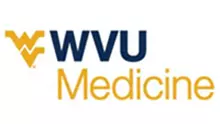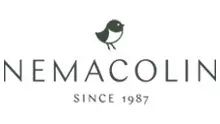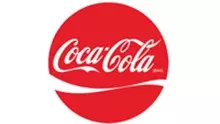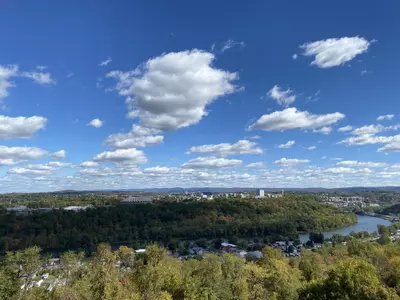
WVU Athletics Facilities: An In-Depth Look, Part III
July 05, 2021 09:08 AM | General, Blog
Today, we will take a peek into the future and examine what Shane Lyons envisions for West Virginia’s athletic facilities and the need for continued support from Mountaineer Nation.
MORGANTOWN, W.Va. – In the summer of 2018, Shane Lyons stood before a room full of reporters to map out his vision for the future. He was holding a wooden pointer and behind him was a visual display of the Climbing Higher Campaign, an ambitious, $100 million capital improvement initiative announced that afternoon.
He talked about refurbishing the WVU Coliseum and Milan Puskar Center complexes and improving facilities for some of West Virginia’s Olympic sports teams. He said if there isn’t a crane somewhere on campus or a construction project ongoing, then West Virginia University is falling behind or going backward.
Lyons’ doesn’t like the term “arms race,” but some form of that has been going on in college sports for years, and West Virginia got a late start out of the gate because of the significant revenue disparity it experienced during its years in the Big East Conference.
“We need to continue moving our department forward,” he said at the time. “These are not wants … these are needs. We need these things for our department and our student-athletes as we continue to grow. You look at the success we’ve had in basketball, soccer and baseball and I think some of that correlates to the improvements made with their facilities from a recruiting and coach retention standpoint.”
Some of the projects Lyons discussed that day, such as the Milan Puskar Center renovation project and the massive new Olympic Sports Performance Center, are about to become realities.
That’s a credit to the great vision put forth by Lyons, WVU President Gordon Gee and the WVU Board of Governors, as well as the tremendous generosity of Mountaineer Nation because the financing for these projects is either coming through private donations or bonds.
“We’ve made considerable strides in the last eight-to-10 years with our facilities,” Lyons noted recently. “What happens is time goes by and we sort of forget what happened five years ago and what those improvements mean today.
“When you look at what has happened throughout our department ever since we’ve joined the Big 12, it’s really impressive what we’ve been able to do.”
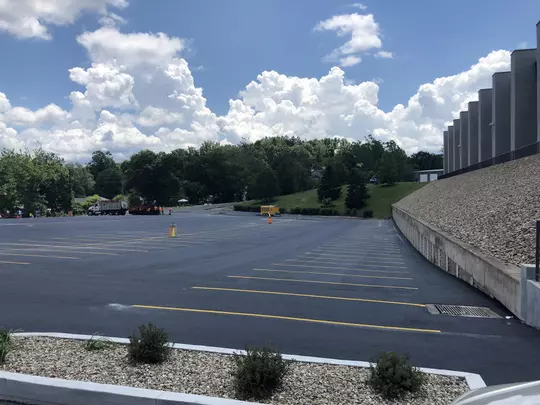
It is impressive and Lyons hopes to continue the momentum well into the 2020s.
Other projects he discussed that day remain in the developmental stage, such as continued improvements to WVU Coliseum. One unfinished plan is the removal of the weight room and transforming that area into a premium club space for Mountaineer Athletic Club supporters. In conjunction with this project is a planned media work area.
“This is still in the works,” Lyons noted.
A donor has committed funds to upgrade Cary Gym and that project is still in the planning stages while construction continues on the Olympic Sports Performance Center next door.
The WVU Shell Building, where women’s track and field practices and competes indoors, is in dire need of significant upgrades, including a new surface, new lighting and painting.
Mountaineer golf is eyeing a new training facility and some funding sources are already established but planning for that project is still being finalized.
“We are continuing to explore our options for a golf facility,” Lyons said.
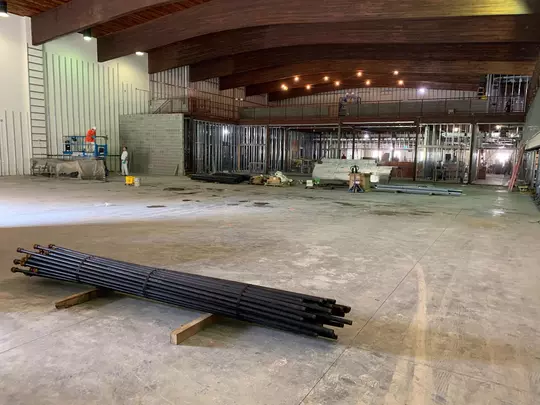
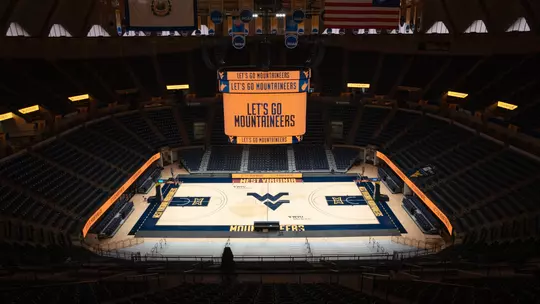
Lyons is eyeing exterior work to the WVU Coliseum, including re-landscaping between the Coliseum and the new Olympic Sports Performance Center, a redesign of the Coliseum sidewalk and new exterior lighting. He envisions one day having gold and blue lighting outside the Coliseum during night games, or perhaps changing the color to pink for a Breast Cancer Awareness game.
Another major project Lyons would love to tackle at some point is additional premium seating at Milan Puskar Stadium, although that project will require significant private support to undertake.
“We are all in this together; it takes everyone,” Lyons explained. “It’s the Time2Climb program, it’s supporting the Mountaineer Athletic Club and it’s purchasing football and men’s basketball season tickets.”
For instance, an increase of 10,000 football season tickets sold would equate to about $4 million per year in additional revenue for the athletics department.
“If you add that up over a five-year period, that’s a significant amount of money,” Lyons pointed out. “We’re seeing that happen right now at Iowa State with what Matt Campbell has been able to do with the Cyclones’ program, and Iowa State fans are responding.”
We saw what a big boost the Basketball Practice Facility gave to men’s and women’s basketball, and Lyons anticipates the ongoing Milan Puskar Center and Milan Puskar Stadium improvements will do similar things for Neal Brown’s Mountaineer football program.
He believes something similar can happen for many of West Virginia’s Olympic sports programs once the Olympic Sports Performance Center is completed.
“If we want to be an elite program we need everyone involved, and every little bit helps. We’ve bumped up the MAC participation level some with our Time2 Climb campaign, but we need that number to be 14 or 15,000. We need Mountaineer Nation to become more involved,” Lyons said.
Lyons added, “In order to recruit the type of athletes we need to be successful in the Big 12 and on a national level, we needed to make these facility improvements. And we need these improvements to continue.
“My vision has been, ‘If we build it, they will come,’” he concluded.
